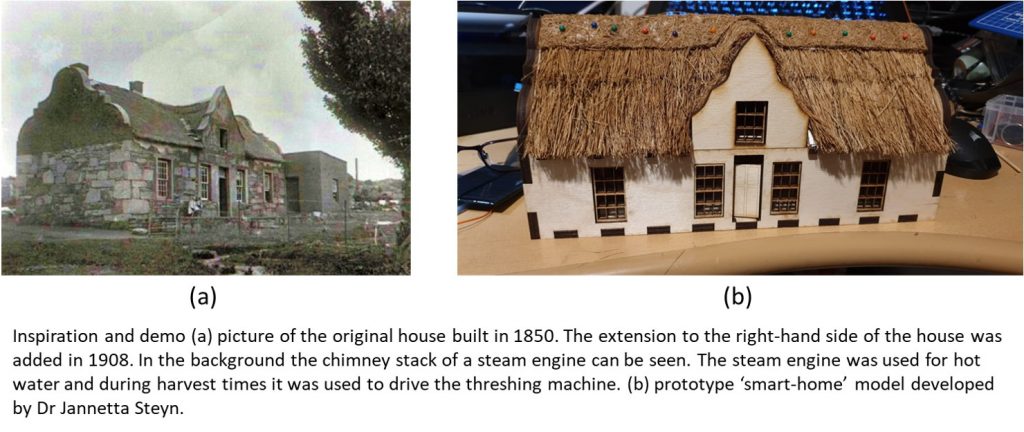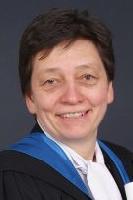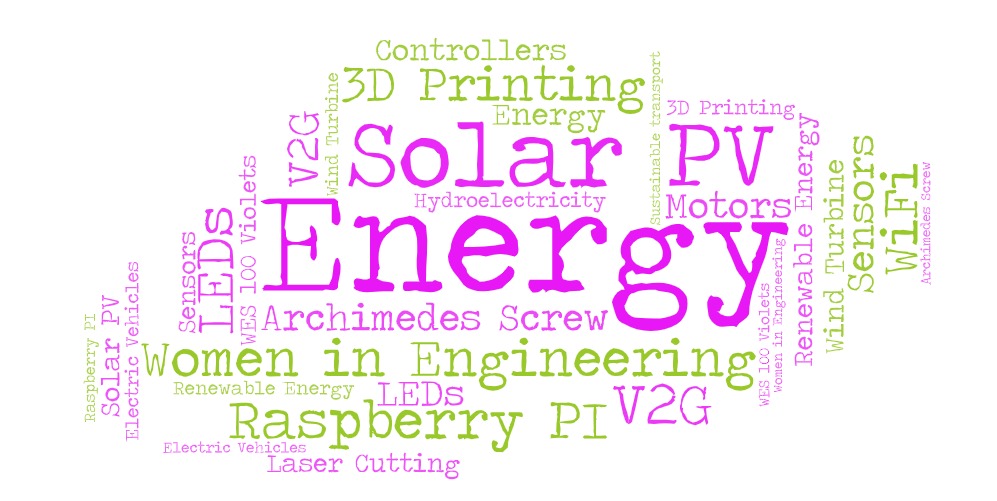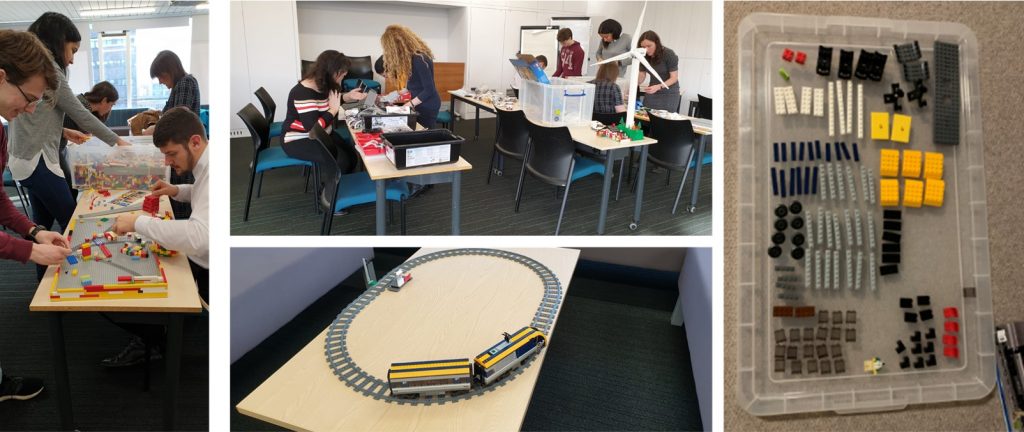In the first of a series about equality, diversity and inclusivity from our energy and engineering colleagues, Dr. Nabila Rufa’I shares her experience of growing up in northern Nigeria and how that has led to a career in energy research.
About the Author:
I joined Newcastle University earlier this year, after completing my PhD at the University of Leeds. I am a research associate for the National Centre for Energy Systems Integration and have also joined the Centre for Energy.
My research interests are:
- Techno-Economic and Environmental Impact Analysis of Low Carbon Technologies
- Power Quality Enhancement
- Advanced Control of Renewable Energy Systems
Passion for Power
I was born and raised in Kano State in the north of Nigeria.
Owing to a lack of supply and up-to-date infrastructure, we would often go three or four days without power. There was even a period when power was divided and scheduled across several towns and villages.
This meant our allocation of power could be in the middle of the night. We had to choose between sleeping or completing power-dependent tasks when we could.
Infrastructure in Nigeria is in poor condition, and becoming worse. It’s already more than 50 years old, and population growth is a huge problem. The old infrastructure just can’t keep up with demand.
One of the first things my daughter said to me when we moved to the UK at four years old was: “Mummy, how come the lights never go off?”
This was the main reason I became fascinated with electricity and power. How can I make a difference and fix challenges like those in northern Nigeria?
Being a Nigerian woman in Engineering
It’s common for a woman in Nigeria to be a full-time housewife.
Some may also have a small business or part-time job alongside their domestic work. For example, making pastries or tailoring. But it’s uncommon for women to follow an academic career, let alone one in such a male-dominated field.
Personally, I didn’t think of choosing an engineering academic career as out of the ordinary.
I was very fortunate that education was always an important part of my life. Both of my parents had a passion for education, and completed PhD’s. My grandad was the first to attend University from our village. So their collective achievements had a huge influence on my life and aspirations.
When I started my undergraduate electrical engineering studies in Nigeria, I was the only female in a class of 70. I would occasionally receive comments such as “why are you doing this?” and “how are you in this profession?”
I knew it bothered me. But I never knew how to respond. So I stayed quiet.
But now I like to speak to those who question my choices. I explain that everyone has their own interests, hobbies, and career goals, There’s nothing wrong with that. Thank goodness we are making progress as a society.
Gender should not be an issue in any profession. If you have the passion, drive, and interest, why not do it? Anybody who wants to do it, can. Working as an academic in the UK, I am fortunate to be surrounded by people who are more aware, who understand gender and other EDI issues. Most of my negative encounters have been in Nigeria.
Integrating into the UK
I came to the UK to study Electrical Engineering and Renewable Energy Systems at the University of Leeds in 2012. At first, I found the UK overwhelming and intimidating. I think most people feel this way when moving to university, or away from home for the first time.
For me, it was more difficult adjusting to educational life rather than making friends or understanding British culture. For example, I had to learn software such as MatLab at a very fast pace, whilst other students already had experience with the software. Fortunately there were lots of international students, and we helped each other. The university also offered lots of support to help with learning, engaging and adjusting to UK life in general.
I was also fortunate enough to have my husband and brother. They moved to Leeds from Nigeria too, and after three months found our feet.
My advice
I encourage people who are being unfairly challenged to be resilient. In life, you will always find people who oppose you, or have different perspectives. But that doesn’t mean you should not enjoy what you are doing.
It’s important for your personal growth to be aware of other’s challenges, opinions, and cultures. That is education. You are part of a wider community that you need to understand. And this is something I am teaching my children.
Find out more
- Centre for Energy: our home for world-leading energy research
- Equality, Diversity and Inclusion: we are an inclusive community where everyone is treated with dignity and respect












